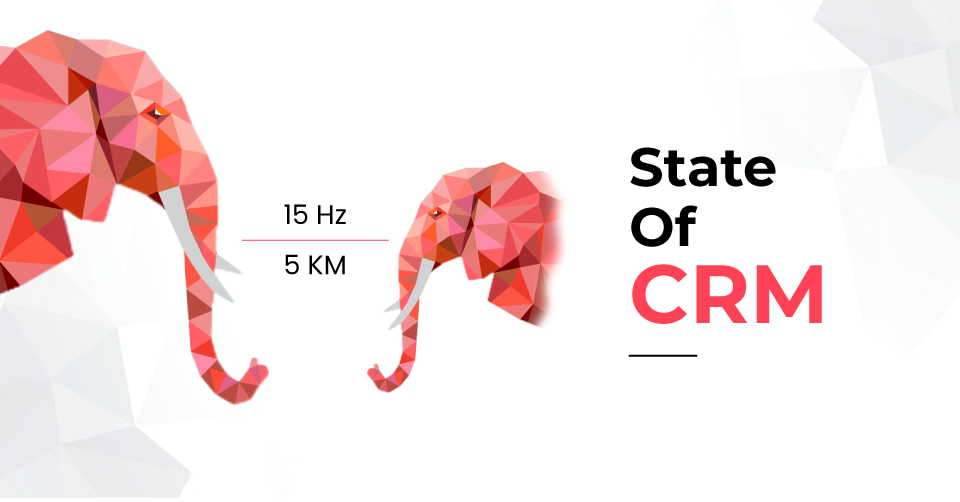Innovation is crucial for developing effective strategies, and ideation is a vital component of the innovation process. Propensity modeling can help organizations evaluate the potential impact of various ideas on their objectives. By analyzing historical data and identifying patterns, propensity modeling enables businesses to identify the ideas with the greatest potential for contributing to their goals. With this information, organizations can focus their efforts on implementing the most promising ideas and achieving their objectives more efficiently.
Propensity modeling is a statistical approach used to predict the likelihood of an event occurring. In recent years, there have been several academic studies and research papers published on propensity modeling. Here are some of the latest research and academic thoughts and types of propensity models :
- Hybrid propensity modeling: This approach combines different modeling techniques, such as decision trees and logistic regression, to improve the accuracy of propensity models. A recent study published in the Journal of Business Research (2020) found that hybrid models outperformed traditional logistic regression models in predicting customer churn.
- Deep learning-based propensity modeling: Deep learning algorithms, such as neural networks, can be used to build more complex and accurate propensity models. A study published in Expert Systems with Applications (2020) showed that deep learning-based models outperformed traditional logistic regression models in predicting customer response to marketing campaigns.
- Unsupervised propensity modeling: Unsupervised learning algorithms, such as clustering, can be used to identify patterns and segments in data that may be useful for building propensity models. A recent study published in the Journal of Marketing Research (2021) found that unsupervised learning algorithms improved the accuracy of propensity models in predicting customer purchase behavior.
- Ensemble propensity modeling: Ensemble modeling techniques, such as bagging and boosting, can be used to combine multiple propensity models to improve the accuracy of predictions. A study published in the Journal of Advertising Research (2019) found that ensemble modeling techniques improved the accuracy of propensity models in predicting customer response to email campaigns.
- Propensity modeling for personalized recommendations: Propensity models can be used to personalize product recommendations to individual customers. A study published in the Journal of Retailing (2019) found that using propensity models to personalize product recommendations increased customer satisfaction and loyalty.
The most suitable propensity modeling approach for your business will depend on various factors, such as the maturity of your market or product, the competitive landscape, and the current state of customer needs. These factors can have a significant impact on the effectiveness of different modeling techniques and should be carefully considered when selecting an approach. By considering these key factors, you can identify the modeling approach that is best suited to your specific business needs and goals.
Paramantra offers a comprehensive framework for conducting propensity analysis to identify cross-sell and up-sell opportunities for our B2B manufacturing clients. Our solution enables clients to generate new ideas and formulate effective strategies by addressing key areas such as:
- Product usage patterns and adoption rates
- Identification of product extensions or combinations for existing customers
- Evaluation of commercial opportunity and technical feasibility of planned combinations
- Prioritization and selection of product combinations based on analysis
- Clear insights into which ideas and approaches are most likely to succeed
By leveraging our solution, clients can gain a better understanding of which products their customers are using, and which combinations are most likely to generate additional sales. Our solution also provides insights into the commercial viability and technical feasibility of different cross-sell and up-sell opportunities, enabling clients to make more informed decisions. With our solution, clients can prioritize the most promising opportunities and drive their business with greater clarity and efficiency.


